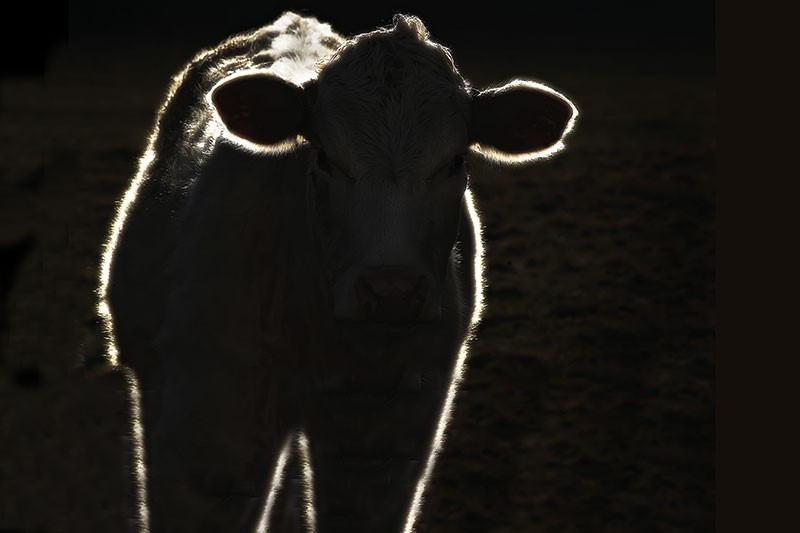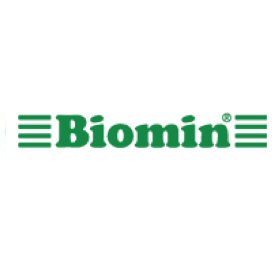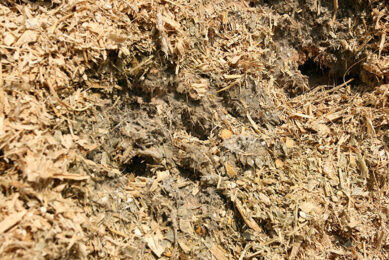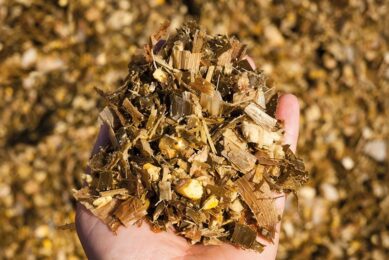Tackling acidosis and the dangers of SARA

Subacute ruminal acidosis (SARA) is one of many challenges that a dairy cow can face during her lactation, affecting not just milk production, but also general health and longevity. Though not easily detected, SARA can have a serious impact on dairy production.
Technically, a bout of SARA occurs when rumen pH drops below pH 5.8 for dairy and 5.6 for beef for a period of at least 3 hours. At those thresholds, fibre digestion is reduced and noticeably affects production. It can also result in lower feed intake, lower feed efficiency, and hoof problems.
What causes SARA?
SARA is caused by an imbalance between production of volatile fatty acids (VFA) and their absorption by the rumen walls and the buffering mechanisms of the rumen. If rumen pH continues to fall, changes in the bacterial population and its metabolic pathways will lead to the overproduction of lactic acid, a much stronger acid that is involved in acute acidosis.

Rumen fermentations produce volatile fatty acids that cause a decrease of pH. Higher starch meals push the pH level lower for a longer period of time. This is the reason why total mixed ration (TMR), is capable of maintaining a more stable rumen pH, and consistently achieves better results than systems where cows eat fewer, larger (kg) meals per day.
Methods for detecting SARA and its main practical causes are shown in Tables 1 and 2. SARA effects can be broadly divided into effects on rumen efficiency, on feed intake, and finally on lameness.
[note: Addressing Negative Energy Balance in Dairy Cows” in Science & Solutions, Issue 17]
Rumen effects
SARA will affect feed efficiency, therefore increasing feeding costs, due mainly to the decrease of fibre digestibility. When pH drops below 6.0, the populations and growth of cellulolytic bacteria and the ruminal fungi decline, impairing fibre digestibility. According to several sources (Calsamiglia et al., 2002; Yang et al., 2002) every 0.1 decrease in pH reduces fibre digestibility by 3.6%. Poor fibre digestibility and lower feed efficiency resulting from SARA translate into increased feeding costs for producers.
One study showed that short bouts of SARA (less than 30 minutes) did not reduce neutral detergent fibre (NDF) digestibility, while repeated bouts of four hours did so. These findings support the use of TMR and free 24-hour access to the feed bunker as key management tools to control SARA.
Feed intake effects
SARA commonly causes erratic eating patterns and reduces feed intake. When pH drops, the cow reduces its feed intake, decreasing the production of acids and driving the pH back to normal levels. Then the cow will resume eating, resulting in another bout of SARA and repeating the cycle. This variation will not only decrease production due to the lower feed intake, but will also reduce the efficiency of the rumen fermentations due to the variation of the nutrients supply, causing further economic losses.
Lameness
Lameness is a major concern in modern dairy and beef production due to its huge implications on welfare and profitability. There is a clear link between acidosis and the inflammation of the lamellar tissue of the hoof, a condition known as laminitis, that not only causes problems by itself, but that is as well the first step for other conditions such as sole ulcers and white line haemorrhages.
Although the mechanism of laminitis is not yet totally clear, it is thought that the condition is due to lower systemic pH during acidosis and substances such as histamine (involved in immune response) and endotoxins entering the bloodstream.
Lameness, in its turn, can exacerbate SARA as cows suffering this condition will change their feeding patterns due to the lower number of meals caused by the pain suffered when moving to the feeding bunker.
Improved management
SARA control should be based on adaptation of rumen papillae and microflora, and effective fibre intake. Table 3 provides a list of management practices to mitigate the risk of SARA.
Faeces assessment and SARA detection
Tip: a heterogeneity of faeces in a cow’s group in the same lactation stage can be caused by SARA, in this situation some faeces will be normal and some too loose. You can use the 1 to 5 scoring system to assess the faeces.
Endotoxins
Lipopolysaccharides, or LPS, are part of the outer membrane of Gram-negative bacteria, and are released during overwhelming growth, lysis or death of bacteria. Control of endotoxins and its production must be a cornerstone in the control of laminitis.
The practical implications are far-reaching, as lipopolysaccharides are produced not just in SARA situations, but also under other situations affecting rumen fermentations, such as mycotoxin challenges. These situations must be considered when assessing the SARA/laminitis situation at farm level.
Join 13,000+ subscribers
Subscribe to our newsletter to stay updated about all the need-to-know content in the dairy sector, two times a week.








